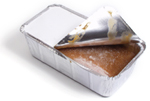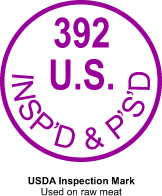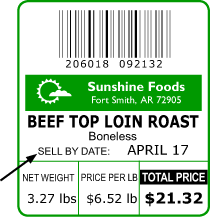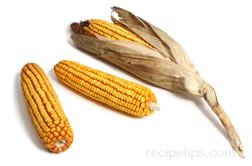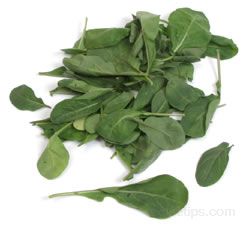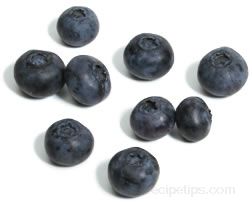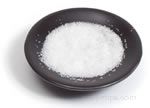Purpose | Food Packaging Materials | Shelf Life
|
Food packaging is something that we take for granted. Today's technological advances in printing have allowed for greater flexibility in using packaging as a marketing tool, specifically for the purpose of presenting an eye-catching means for attracting consumers to various food products. However, the primary purpose of proper food packaging has been, and still is, to protect food from contamination and to maintain freshness, ensuring that the food reaching the consumer is wholesome and safe. Well designed and thoroughly tested food packaging creates consumer confidence because of its contribution in maintaining consistent quality and wholesomeness of the food it protects. The packaging and food industries are constantly researching and developing new food packaging that is nontoxic, strong, lightweight, and cost efficient, providing convenience for the consumer and more importantly, providing an assurance that the food contained in the package is safe to eat. |
|
A variety of materials are used for food packaging. Many types of food packaging use two or more materials in the construction of the package. Described below are some of the most common materials used in food packaging.
|
|
Besides guarding against contamination, packaging is used to seal in freshness and increase the shelf life of many food products. The shelf life may range from several days to indefinitely depending on the type of food and the type of packaging used. Described below are some examples of food packaging and their shelf life capabilities. |
|
Commercial Canning Canning is one of the oldest forms of food packaging and still one of the best. Canning allows foods to last for years. Canned food that has passed the expiration date indicated on the can is still often safe to eat if the can is in good shape. Older canned food may deteriorate in taste, texture, and color, but not wholesomeness as long as the can is not severely dented, leaking, or bulging. Canned goods in such condition should never be used. Foods that have been canned are shelf stable, meaning that they do not require refrigeration until opened. |
|
Glass Jars Jars made from glass are another form of food packaging that has been around for many years. Like cans, vacuum sealed jars have the ability to keep foods fresh for lengthy periods. They are also similar to cans in that the food sealed in them is shelf stable and does not require refrigeration until after opening. Three advantages that glass jars have over canned goods are:
|
|
Plastic Containers Food packaging made from plastic, specifically rigid plastic containers, is lightweight, nonporous, and one of the most used food packaging materials. There are many different types of plastic used for food containers, depending on the type of food it is used to contain and protect. Rigid plastic containers are an excellent material for packaging pantry items, as they guard against moisture and infestations of pests as well as increasing shelf life. Although a perishable item, such as milk, keeps well in plastic containers, it still requires refrigeration before the container is opened, unlike a perishable item that has been vacuumed sealed in a can or jar. |
|
Plastic Bags Plastic bags are a convenient, space saving method for packaging and storing food and increase the shelf life of many foods. Certain foods, such as salad greens, deteriorate in quality quite rapidly, but the food and packaging industries have found better ways to use plastic bags to maintain the freshness of such items for days beyond the usual shelf life. A technology known as MAP (Modified Atmosphere Packaging), allows the atmospheric conditions within the plastic bag to be controlled, thereby slowing the rate of deterioration. Other foods may keep for long periods in plastic bags without the use of modified atmosphere packaging simply because of the type of the food item contained in the bag. A plastic bag containing white rice, for example, is extremely stable and may keep indefinitely if properly stored, however brown rice stored in the same type of bag has a limited shelf life due to the oils contained in the bran and germ portions of the grain. The oils cause rancidity after a prolonged period of storage. A noticeable change in quality may occur in six months. (White rice contains no germ or bran.) |
|
Pouches Pouches made from plastic or foils or a combination of both are a type of food packaging that is becoming increasingly popular. The pouches have the capability to keep food fresh for prolonged periods and do not require refrigeration. They are extremely lightweight and the can be resealed once they have been open, however some foods that are leftover may require refrigeration after opening. Many pouches are small enough to slip into a pocket, therefore adding convenience for people on the go. Food pouches have actually been around for decades, but have not become popular with consumers until recently. The military was the first to develop food pouches decades ago as a means for soldiers to transport compact meals in the field. |

